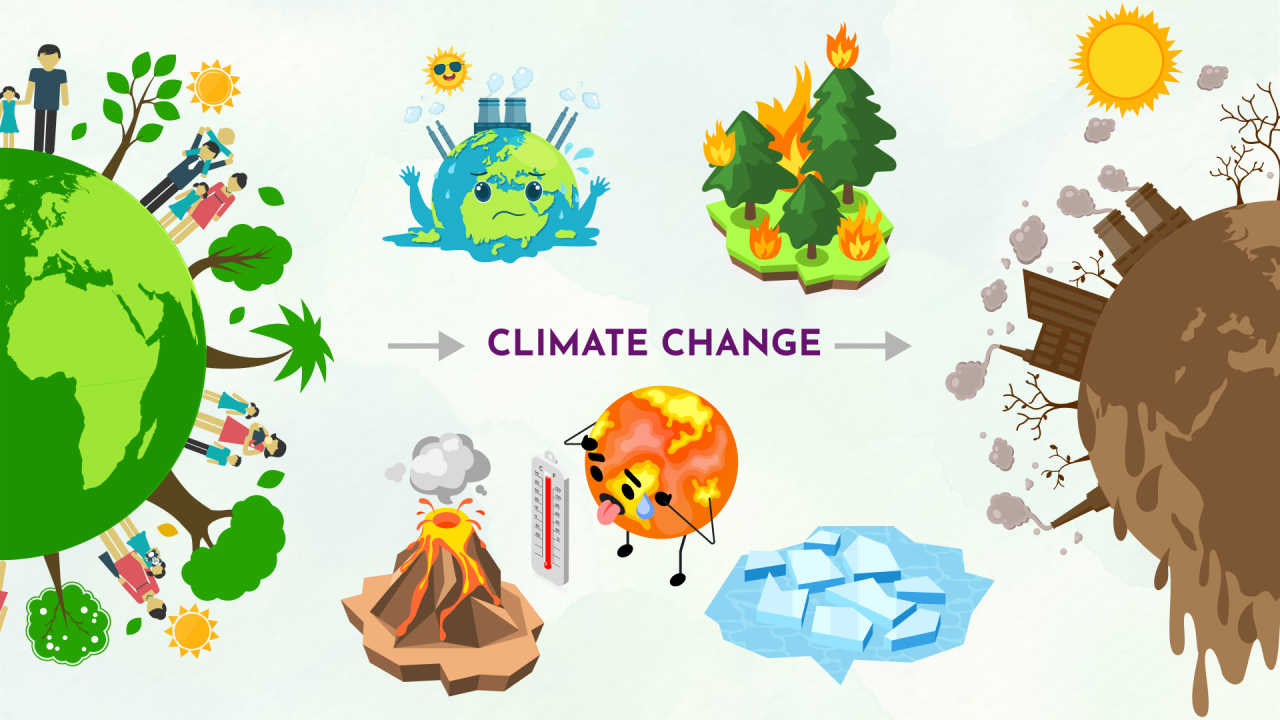Font size:
Print
Hottest January 2025
Context:
January 2025 was the hottest January on record, with the global average surface air temperature 1.75°C above the pre-industrial level (1850-1900 average), as reported by the Copernicus Climate Change Service (C3S).
More on News:
- Despite the presence of La Niña, which typically has a cooling effect, global temperatures remained significantly high.
- This marks the 18th month in the last 19 where the global average temperature exceeded the 1.5°C threshold.
What is La Niña?
- La Niña is one of the three phases of the El Niño-Southern Oscillation (ENSO), a major climate phenomenon that causes shifts in global weather patterns due to temperature changes in the Pacific Ocean.
- These phases (El Niño, La Niña, and neutral) vary in strength and can influence weather patterns globally, including rainfall, temperatures, and atmospheric circulation.
- La Niña: Characterised by cooler-than-usual sea surface temperatures in the central and eastern tropical Pacific. This phase strengthens the trade winds, pushing more warm water to the western Pacific, and typically leads to cooler global temperatures.
- El Niño: Associated with warmer-than-usual sea surface temperatures, leading to an increase in global temperatures.
- Neutral Phase: When neither El Niño nor La Niña dominates, with more balanced conditions in the Pacific.
Why Did La Niña Not Cool Temperatures in January 2025?
- Weak La Niña: The current La Niña is unusually weak, emerging later than expected — in December 2024, instead of around September. This delay means that there wasn’t enough time for La Niña to strengthen and produce the usual cooling effects.
- Climate Change Effects: Even with La Niña in place, the levels of heat-trapping carbon in the atmosphere have remained high, continuing to drive up global temperatures. This makes it difficult for La Niña to counteract the warming trends driven by greenhouse gas emissions.
- Aerosol Reduction: Clean air policies in some regions have led to a reduction in aerosols (tiny particles suspended in the atmosphere), which traditionally have a cooling effect. Aerosols scatter sunlight and help cool the Earth, so their reduction could have contributed to the persistent warmth.
- Global Warming: The rise in greenhouse gas emissions in 2024, which reached unprecedented levels, has overwhelmed the temporary cooling effects that La Niña could have brought. As a result, even La Niña could not significantly curb the increasing temperatures, which are primarily driven by human-induced climate change.
Significance and Future Implications
- A single warm month does not define long-term climate trends but signals that natural cooling mechanisms are weakening.
- The only effective way to counteract rising global temperatures is through significant reductions in greenhouse gas emissions.
- 2024 saw the highest recorded annual levels of atmospheric GHGs, highlighting the urgent need for climate action.
- Scientists emphasise that unless emissions are curtailed, the effectiveness of natural cooling cycles like La Niña will continue to diminish.


